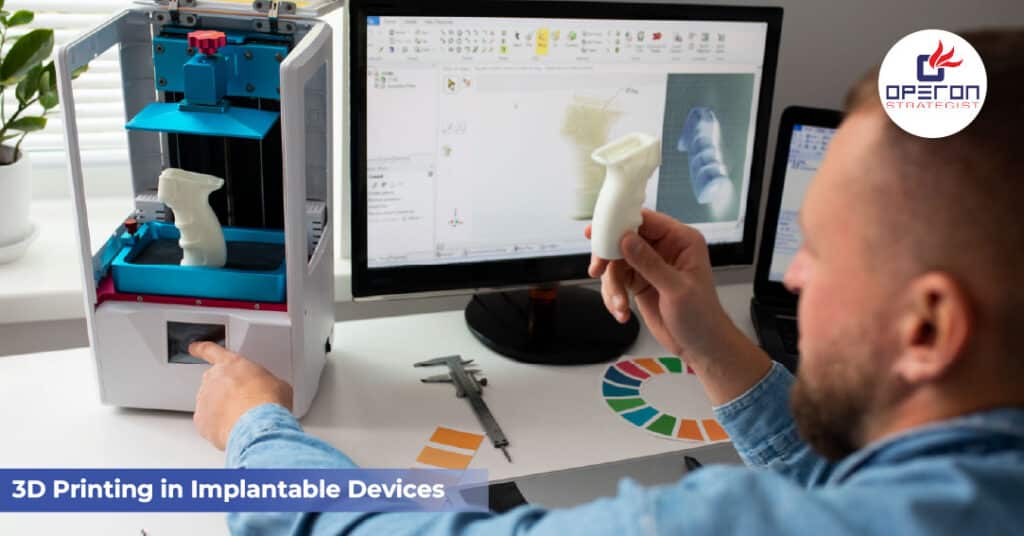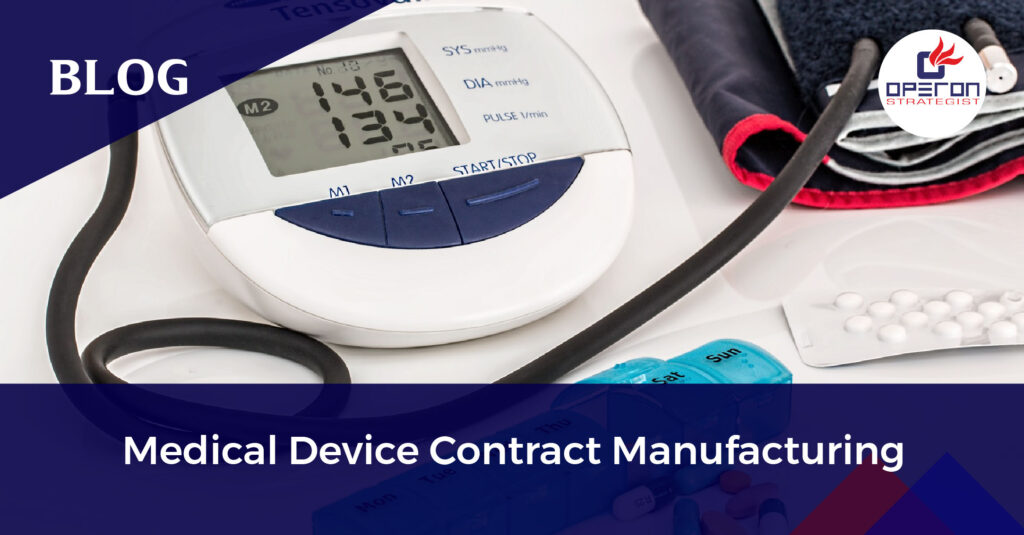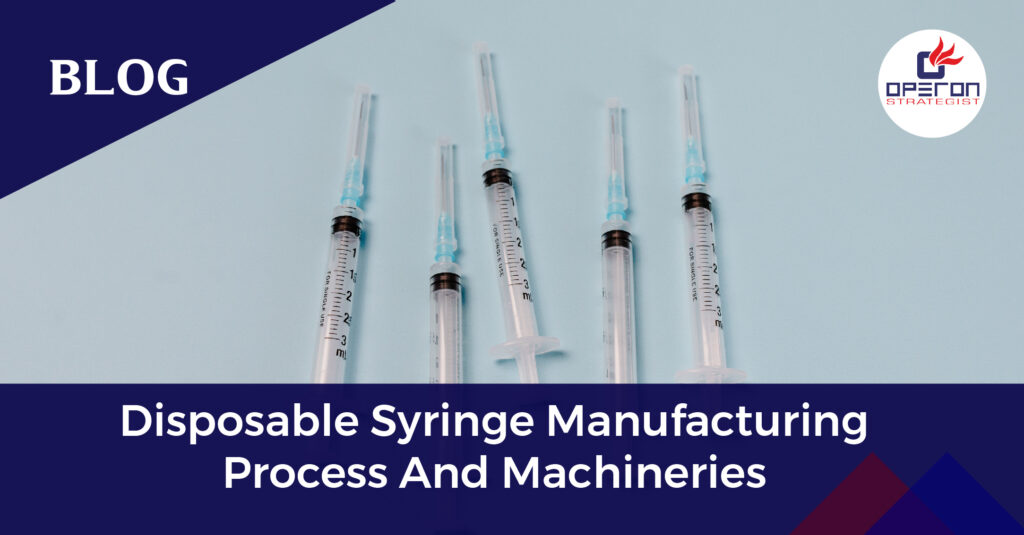Introduction
The medical device industry is experiencing a transformative shift in 2025, driven by innovations in 3D printing (additive manufacturing). Among its most exciting applications is the development of implantable medical devices—from orthopedic implants to cardiovascular scaffolds—customized to the patient’s anatomy and condition. With increasing regulatory clarity and materials science breakthroughs, 3D-printed implants are no longer a futuristic concept—they’re becoming a clinical reality.
In this blog, we explore the latest trends, regulatory developments, and technological advancements shaping the 3D printing landscape in implantable devices in 2025.
Get Expert Guidance Now
Personalized Implants: Customization at Scale
One of the key drivers of 3D printing in implantables is personalization. In 2025, this goes far beyond patient-specific joint replacements. Manufacturers are now leveraging AI-assisted imaging, 3D modeling, and digital twins to design implants that perfectly align with a patient’s biomechanics and surgical plan.
Custom implants for craniofacial reconstruction, spinal fusion devices, and orthopedic plates are now widely manufactured using selective laser melting (SLM) or electron beam melting (EBM) techniques with biocompatible metals like titanium and cobalt-chrome.
These personalized implants improve surgical outcomes by reducing the risk of implant rejection, minimizing operative time, and enhancing integration with native tissues.
New Biocompatible and Bioresorbable Materials
Material science is central to implant success. In 2025, biocompatible polymers, ceramics, and metal alloys are being engineered with unprecedented precision. The most notable developments include:
- Bioresorbable polymers like polycaprolactone (PCL) and poly(lactic-co-glycolic acid) (PLGA) that degrade safely in the body after healing is complete.
- Hybrid materials that combine strength and flexibility, ideal for cardiovascular stents and bone scaffolds.
- Nanostructured surfaces that promote faster osseointegration and reduce infection risks.
Material innovation is also addressing challenges like sterilization compatibility, mechanical strength, and long-term wear resistance, especially for load-bearing implants.
Regulatory Landscape: FDA and International Guidance
The regulatory framework for 3D-printed implantable devices is evolving in tandem with the technology. In the U.S., the FDA’s Center for Devices and Radiological Health (CDRH) has updated its guidance on additive manufacturing of medical devices, focusing on:
- Design controls and validation of 3D printing processes
- Material characterization
- Post-processing and cleaning
- Mechanical performance testing
- Patient-matched device documentation
In 2025, the FDA’s Digital Health Center of Excellence is also piloting tools to evaluate AI-assisted design tools used in the customization of implants.
Globally, EMA, Health Canada, and MDR-compliant Notified Bodies are harmonizing requirements to accommodate the unique challenges posed by 3D-printed implants, including traceability, reproducibility, and post-market surveillance.
Smart Implants and Embedded Sensors
Material science is central to implant success. In 2025, biocompatible polymers, ceramics, and metal alloys are being engineered with unprecedented precision. The most notable developments include:
- Bioresorbable polymers like polycaprolactone (PCL) and poly(lactic-co-glycolic acid) (PLGA) that degrade safely in the body after healing is complete.
- Hybrid materials that combine strength and flexibility, ideal for cardiovascular stents and bone scaffolds.
- Nanostructured surfaces that promote faster osseointegration and reduce infection risks.
Material innovation is also addressing challenges like sterilization compatibility, mechanical strength, and long-term wear resistance, especially for load-bearing implants.
AI + 3D Printing: Automating Design and Production
The integration of artificial intelligence (AI) with 3D printing is reshaping implant development workflows. In 2025, AI is being used to:
- Analyze MRI/CT scans and generate 3D models automatically
- Optimize lattice structures for bone-like porosity
- Predict material performance under biological conditions
- Simulate patient-specific outcomes pre-surgery
This automation allows faster prototyping, design validation, and regulatory submission readiness, shortening the time from concept to commercialization.
Clinical Applications Expanding in 2025
Some of the major application areas seeing breakthroughs in 2025 include:
1. Orthopedic and Trauma Implants
From custom hip and knee implants to patient-specific fixation plates, 3D printing allows surgeons to address complex cases with higher precision and less invasiveness.
2. Craniofacial and Dental Reconstruction
Custom cranial plates, mandibular reconstructions, and dental implants are benefitting from faster production and improved aesthetic results.
3. Cardiovascular Devices
Bioresorbable stents and vascular scaffolds made through 3D printing are offering new options for patients with congenital or complex cardiovascular anomalies.
4. Spinal Implants
Interbody fusion cages and spinal spacers with optimized porosity are being printed to encourage bone growth and reduce revision surgeries.
Challenges and Considerations
Despite the promise, several challenges remain:
- Quality control and consistency across batches
- Scalability of production for mass customization
- Sterilization validation for complex geometries
- Post-market surveillance for novel implants
Manufacturers must also stay up to date with evolving standards such as ISO/ASTM 52920 for additive manufacturing and ensure cybersecurity for smart implant data.
Looking to Develop or Register a 3D-Printed Implantable Device?
Future Outlook
By the end of 2025, the medical implant industry is expected to witness:
- Increased clinical trials and FDA clearances for 3D-printed implants
- Wider adoption in community hospitals and specialty clinics
- Growth in outsourced 3D printing facilities and contract manufacturing
- Advances in point-of-care manufacturing with in-hospital 3D printing labs
As the ecosystem matures, startups and established OEMs alike are investing heavily in R&D, regulatory readiness, and design-for-additive-manufacturing (DfAM) strategies.
Ready to Bring Your 3D-Printed Implant to Market?
At Operon Strategist, we help medical device companies navigate the complexities of FDA 510(k) submissions, quality management systems, and implant design consulting. Whether you’re launching your first 3D-printed device or scaling production, our regulatory experts are here to help.
👉 Contact us today to schedule your free consultation.




